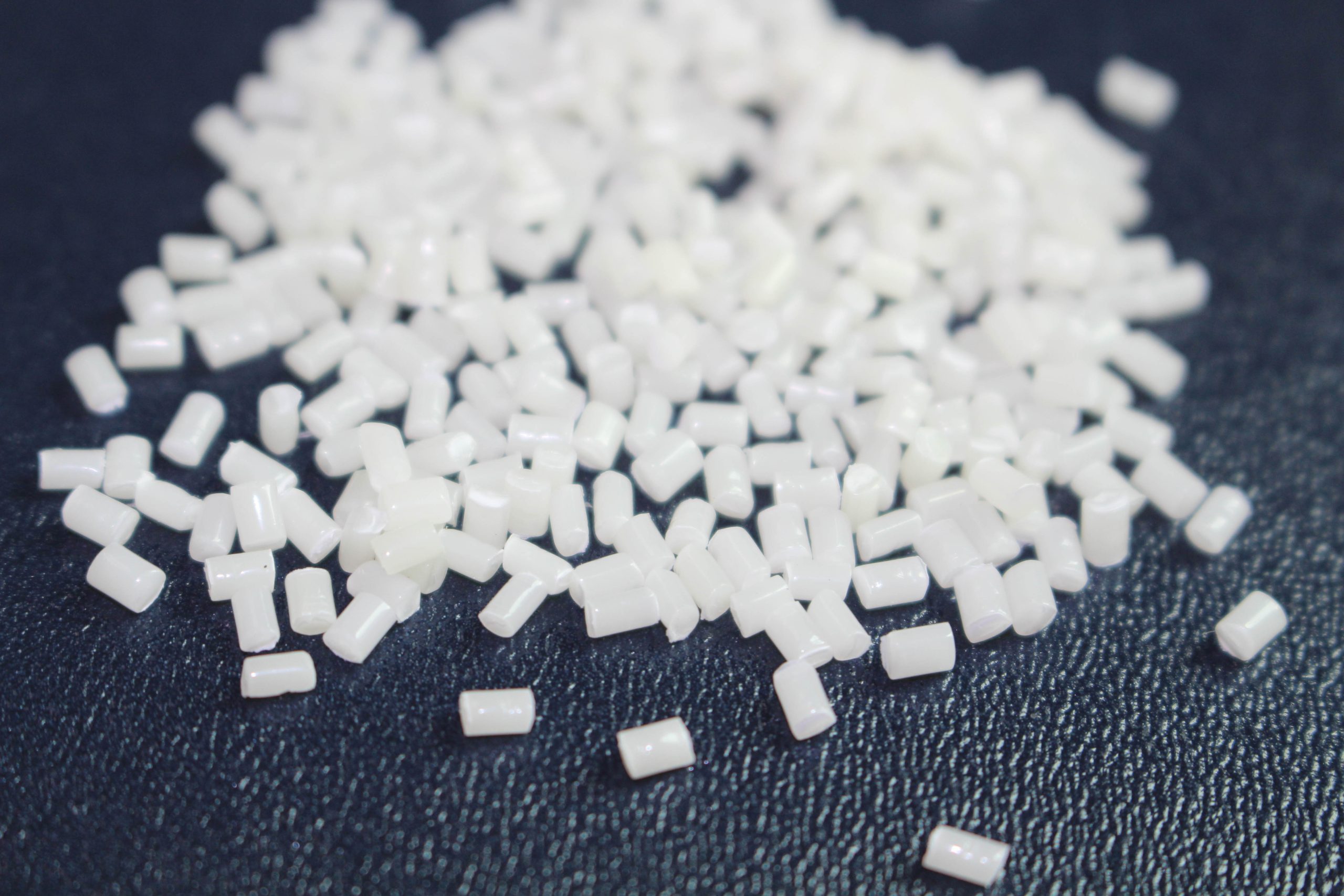Fog seen within clear plastic packaging is the consequence of the buildup of water fume on the surface of the material. Fog on the surface of the packaging can decrease shelf appeal and even effect the nature of the item. To assist with combatting this, anti-fog additives and treatments can be utilized during handling of the plastic sheet.
What is anti-fog additive?
Anti-fog additives and treatments, in the most essential sense, are synthetics that forestall the buildup of water as little drops on a surface looking like fog.
The presence of fog seen on the surface of clear plastic packaging is the aftereffect of the buildup of water fume on the surface of the material. In packaging, this phenomenon can happen when the temperature of the material’s surface falls beneath the dew-point temperature of the encased air and water fume inside the headspace of the packaging. The air close to the material cools to a temperature at which it can’t hold the water fume, and thus the abundance water consolidates on to the material’s surface.

In food packaging applications, the food that is being stored may have a high dampness content, so when the packaged item is put away in a cool climate, the temperature drops starting buildup on a superficial level prompting fog. Or sometimes, the food in the compartment is hot and emits steam, which makes buildup when the hot air interacts with the cooler inside surface of the bundle’s top. This can’t just demolish the rack allure of the item by preventing the shopper from seeing the product, yet it could likewise affect the nature of the food.

How anti-fog additives work?
Internal additives or external topical coatings are two approaches for reducing fog production on sheet and thermoformed parts. Both of these treatments work to reduce surface tension, resulting in a non-scattering water film rather than individual small droplets.
Internal anti-fog additives can be applied to the plastic sheet as concentrates or master batches during the extrusion process. The polymer and the additive have a degree of incompatibility, and as a result, the additive migrates to the surface. These additives function by lowering the surface tension of water droplets, lowering the surface tension between water and the plastic packaging’s surface. This causes the water to spread out, forming a more uniform layer of water that improves transparency and eliminates fogging.
External anti-fog coatings are applied to the plastic sheet or film’s surface. These external coatings, like the internal additives, are designed to help reduce the surface tension between water droplets and the material’s surface, resulting in increased transparency. These coatings are applied to the surface of the sheet or film as a liquid, either through a dip coating and roller process or through a spray application.
We will regularly update the latest information on Dai A’s information channels:
>Link Linkedin: https://www.linkedin.com/company/67721636/admin/
>Link Facebook: https://www.facebook.com/daiaindustry
